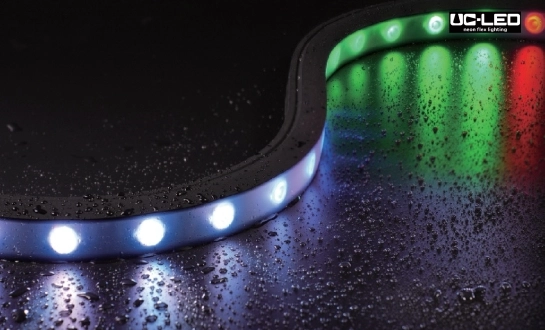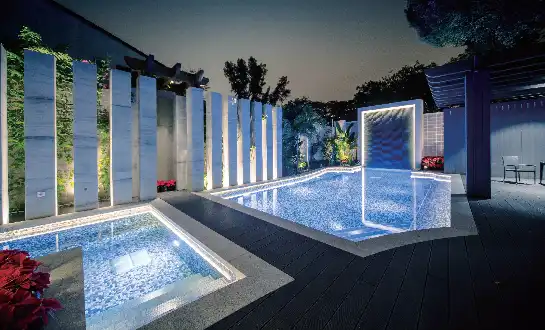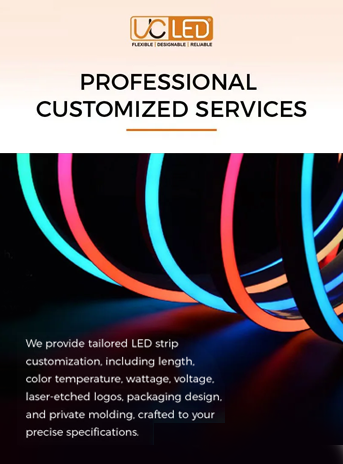The Art of Facade Lighting: Commercial and Public Spaces
Architectural illumination has transformed the way we experience and interact with commercial and public spaces after dark. The art of facade lighting goes beyond mere visibility; it's about creating captivating visual experiences that enhance the beauty of buildings, attract attention, and contribute to the overall ambiance of urban environments. From hotels and museums to office buildings and cultural landmarks, strategic lighting design can turn ordinary structures into extraordinary works of art, elevating the nocturnal cityscape and leaving lasting impressions on visitors and passersby alike.
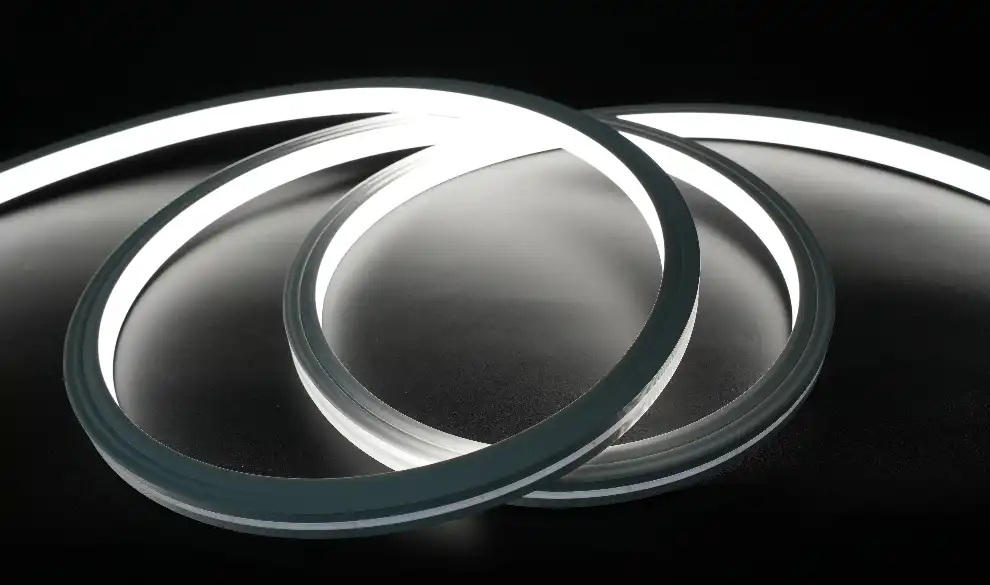
The Impact of Architectural Illumination on Urban Landscapes
Enhancing Building Aesthetics and Brand Identity
Architectural illumination serves as a powerful tool for highlighting the unique features of commercial and public buildings. By accentuating architectural elements, textures, and materials, facade lighting can transform a structure's appearance, making it more visually appealing and memorable. This enhanced aesthetic appeal not only contributes to the overall beauty of urban landscapes but also helps businesses and institutions establish a strong visual identity.
For instance, hotels and high-end retail stores often use sophisticated lighting designs to create an aura of luxury and exclusivity. Museums and cultural institutions may employ lighting techniques that emphasize their architectural significance while creating an inviting atmosphere for visitors. By carefully selecting color temperatures, intensities, and lighting patterns, designers can evoke specific moods and emotions, aligning the building's nighttime appearance with its intended purpose and brand image.
Creating Dynamic and Interactive Urban Environments
Modern architectural illumination goes beyond static displays, incorporating dynamic lighting systems that can change colors, patterns, and intensities. These programmable lighting solutions allow buildings to adapt their appearance for different occasions, seasons, or even in response to real-time data. This flexibility enables commercial and public spaces to participate actively in urban life, contributing to the vibrancy and excitement of city nights.
Interactive lighting installations have become increasingly popular, allowing passersby to engage with buildings through motion sensors, smartphone apps, or social media interactions. These engaging experiences not only create memorable moments for individuals but also foster a sense of community and connection to the built environment. From celebrating holidays to supporting social causes, dynamic facade lighting offers a versatile canvas for expression and communication in urban settings.
Innovative Technologies and Techniques in Facade Lighting
LED Technology: Efficiency and Versatility
The advent of LED technology has revolutionized architectural illumination, offering unprecedented efficiency, longevity, and design flexibility. LED fixtures consume significantly less energy than traditional lighting sources, reducing operational costs and environmental impact. Their compact size and versatility allow for seamless integration into building facades, enabling designers to create intricate lighting patterns and effects without compromising architectural integrity.
Advanced LED systems, such as RGBW (Red, Green, Blue, White) fixtures, provide a vast spectrum of colors and the ability to fine-tune white light temperatures. This versatility allows for the creation of nuanced lighting scenes that can adapt to different times of day, seasons, or special events. Moreover, the long lifespan of LED technology reduces maintenance requirements, making it an ideal choice for large-scale architectural projects.
Projection Mapping and Media Facades
Projection mapping has emerged as a groundbreaking technique in architectural illumination, allowing designers to transform building facades into dynamic, storytelling canvases. By using high-powered projectors and specialized software, intricate visual narratives can be overlaid onto the physical structure, creating stunning illusions and immersive experiences. This technology enables temporary transformations of buildings for events, festivals, or product launches without the need for permanent alterations to the structure.
Media facades take this concept further by integrating LED screens or light fixtures directly into the building's exterior. These installations can display a wide range of content, from artistic animations to real-time information, effectively turning the building into a communication platform. While more permanent than projection mapping, media facades offer higher brightness levels and can be visible even in daylight conditions, providing round-the-clock engagement opportunities.
Sustainable Practices in Commercial and Public Space Illumination
Energy-Efficient Lighting Design
As sustainability becomes increasingly crucial in urban development, energy-efficient lighting design has taken center stage in architectural illumination. Beyond the use of LED technology, innovative approaches to lighting control and management play a vital role in reducing energy consumption. Smart lighting systems equipped with sensors and timers can adjust illumination levels based on ambient light conditions, occupancy, or predetermined schedules, ensuring that energy is used only when and where it's needed.
Designers are also adopting the principle of "less is more" in facade lighting, focusing on strategic illumination rather than flooding entire buildings with light. By highlighting key architectural features and using carefully aimed fixtures, it's possible to create stunning visual effects while minimizing light pollution and energy waste. This approach not only reduces environmental impact but often results in more sophisticated and nuanced lighting designs.
Dark Sky Initiatives and Light Pollution Reduction
The growing awareness of light pollution's negative effects on wildlife, human health, and astronomical observation has led to the development of dark sky initiatives in many cities. These programs encourage the use of fixtures that direct light downward and minimize glare, reducing the amount of light that escapes into the night sky. For commercial and public spaces, this means rethinking facade contour lighting strategies to balance visibility and aesthetic appeal with environmental responsibility.
Innovative solutions include the use of warm color temperatures that are less disruptive to circadian rhythms, implementing curfews for non-essential lighting, and designing lighting schemes that respect the natural darkness of the surrounding environment. By adopting these practices, businesses and public institutions can demonstrate their commitment to sustainability while still benefiting from the visual impact of architectural illumination.
Conclusion
The art of facade lighting in commercial and public spaces continues to evolve, driven by technological advancements, creative design approaches, and a growing emphasis on sustainability. As we look to the future, the challenge lies in balancing the desire for visually striking architectural illumination with the need for energy efficiency and environmental stewardship.
By embracing innovative technologies and sustainable practices, designers and property owners can create captivating nocturnal landscapes that enhance urban experiences while minimizing ecological impact. For those interested in exploring cutting-edge lighting solutions for their commercial or public spaces, expert guidance is invaluable. To learn more about how you can transform your building's facade with state-of-the-art illumination techniques, please contact us at Linda@uc-led.com.
References
1. Smith, J. (2022). "Illuminating Architecture: The Evolution of Facade Lighting in Urban Design." Journal of Architectural Lighting, 45(3), 78-92.
2. Johnson, E., & Williams, R. (2021). "LED Technology and Its Impact on Commercial Building Aesthetics." Energy Efficient Buildings, 18(2), 205-220.
3. Chen, L., & Garcia, M. (2023). "Sustainable Practices in Urban Lighting: Balancing Visual Appeal and Environmental Responsibility." Urban Planning Review, 37(4), 312-328.
4. Thompson, K. (2020). "Interactive Lighting Installations: Engaging the Public through Illuminated Architecture." Digital Art and Design Quarterly, 12(1), 45-60.
5. Patel, A., & Nguyen, T. (2022). "Dark Sky Initiatives: Mitigating Light Pollution in Commercial Districts." Environmental Management and Urban Development, 29(3), 180-195.

Looking for high-quality LED flexible strips? Click for a free quote in 24 hours!
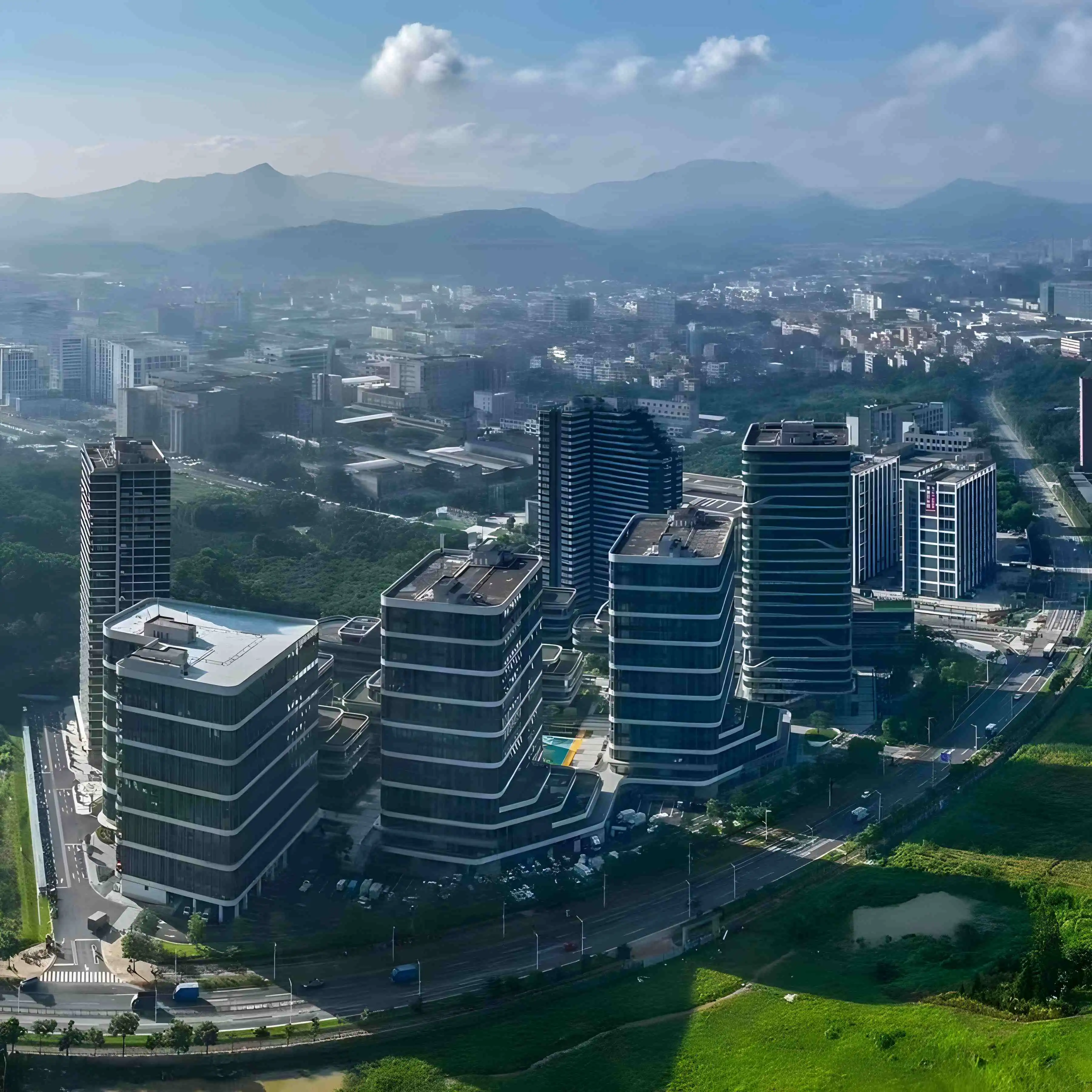
LED Neon Flex Strip Factory - Leading Professional Flexible LED Strip Manufacturer from China

